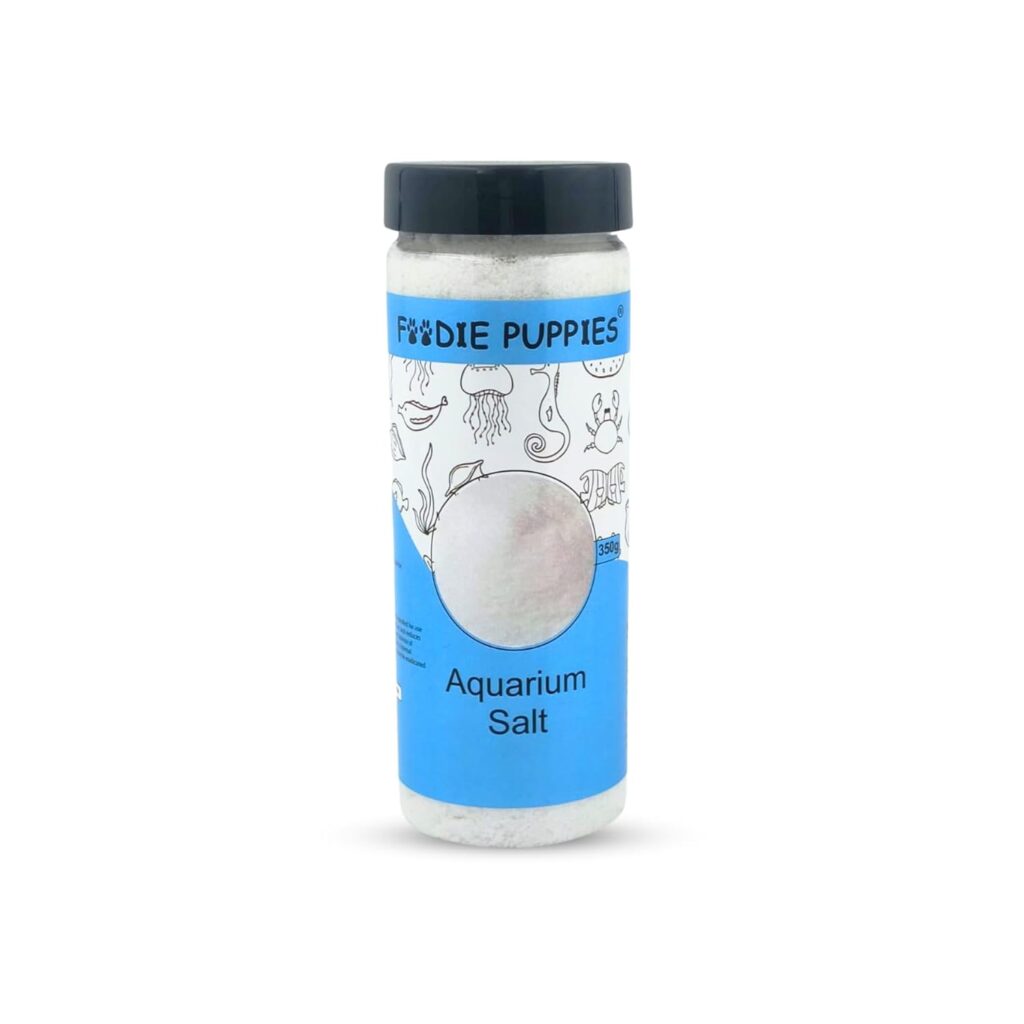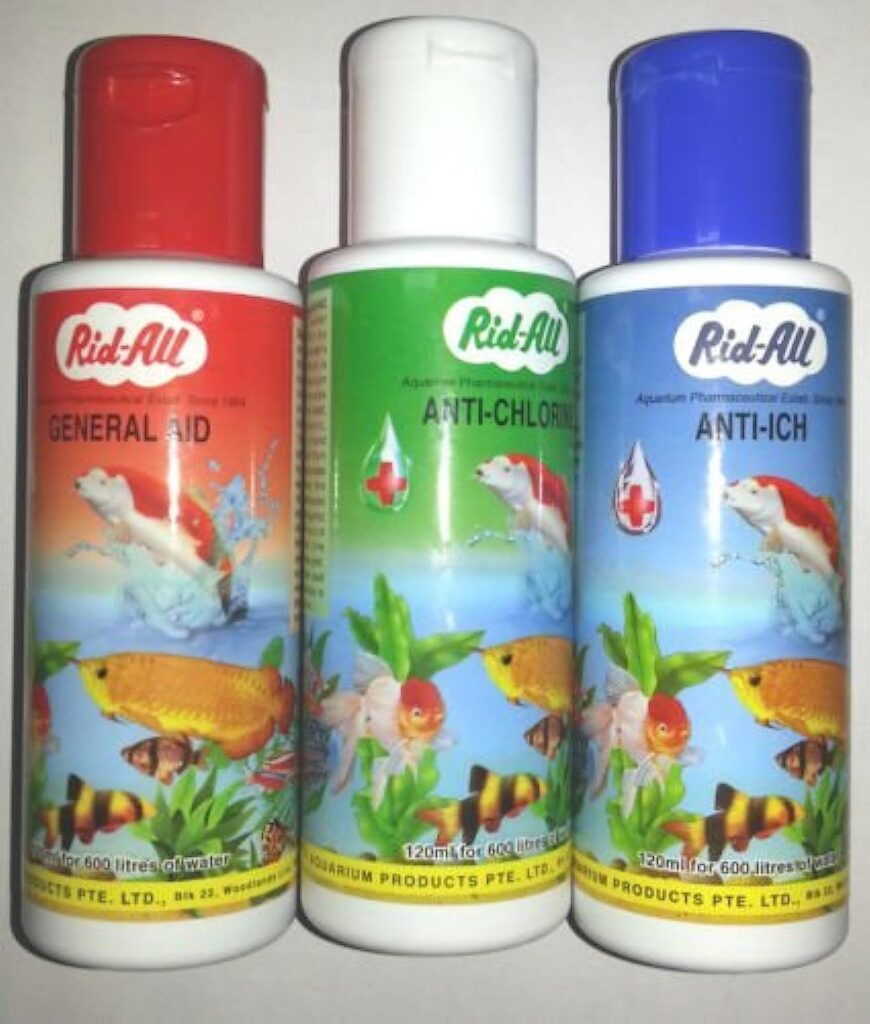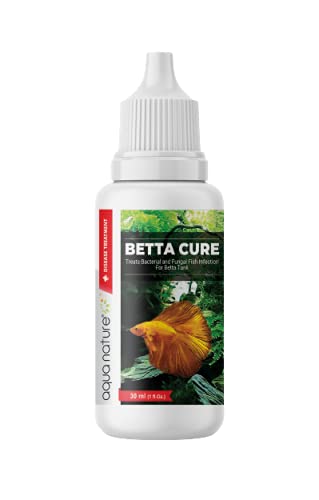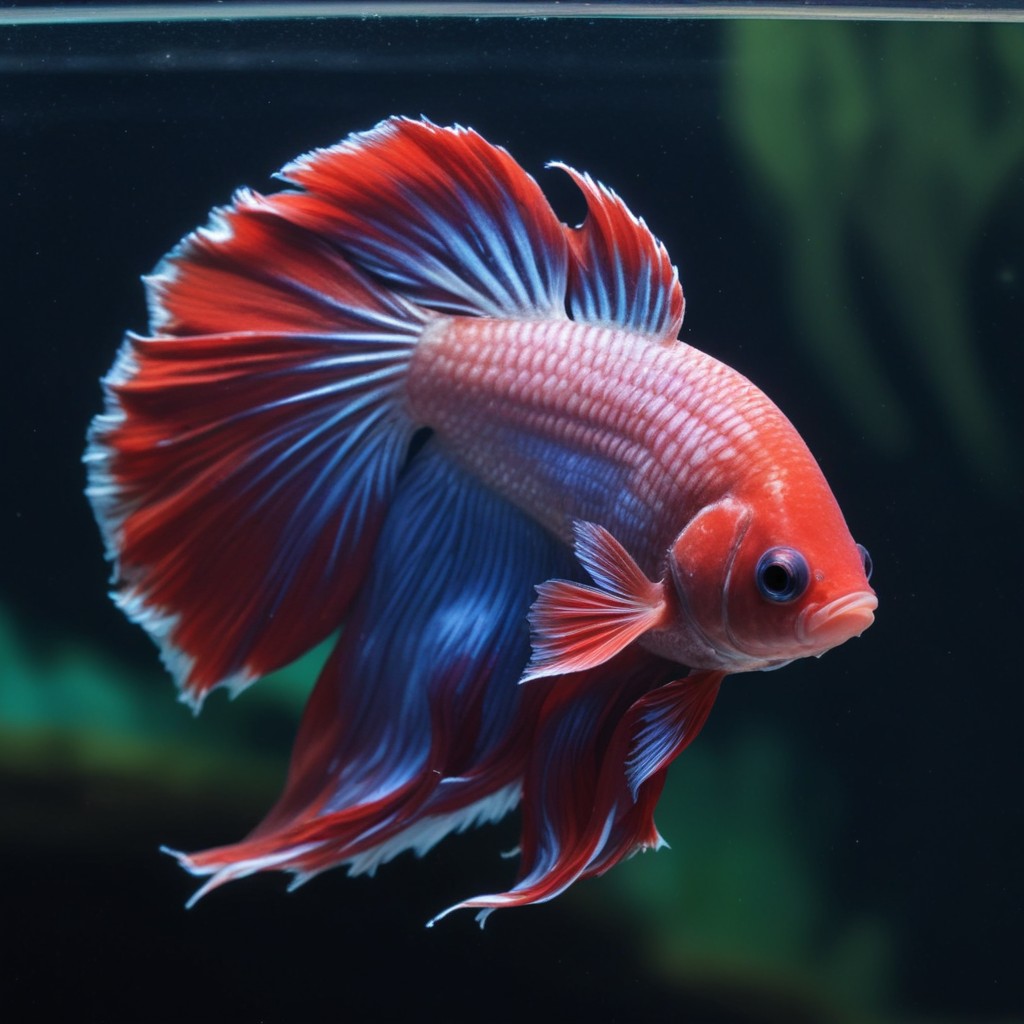
Keeping your tank healthy is the top priority for any aquarist. If a fish develops dropsy, it's a serious issue that needs immediate attention. Many fish keepers, however, don’t know where to start when it comes to dropsy. The causes, symptoms, and treatments can seem like a mystery!
Let's learn about Dropsy and help your fishes get relief from the pain.
What Is Dropsy?
Before diving into the details, let’s begin with a brief explanation of what dropsy is.
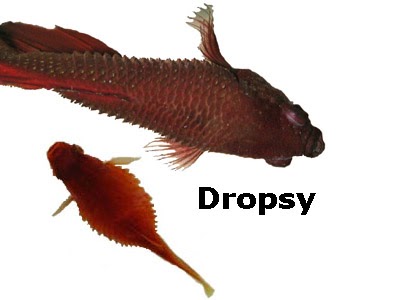
Dropsy is a condition characterized by swelling or bloating in fish. It can affect a wide range of species, including bettas and all types of goldfish kept in aquariums, and has various potential causes.
This swelling usually occurs in the abdomen (belly) of the affected fish and can become quite pronounced depending on the severity. While some owners might mistake it for a cosmetic issue, dropsy is much more serious and is often fatal.
Important Note: Dropsy is a condition, not technically a disease. This common misunderstanding has led to a fair amount of misinformation over the years.
Is Dropsy Contagious?
Generally, dropsy is not contagious. However, for the sake of caution, you should treat it as if it were contagious when providing treatment.
Symptoms
There are several common and obvious symptoms of dropsy to look out for, with one being the most prominent:
Swelling.
A fish severely affected by dropsy will exhibit swelling primarily in their abdomen, though this isn’t always the case. This is caused by a buildup of fluid in the tissue. This will cause them to the lethargic, loss of appetite, slow movement, tilted angle swimming.
There may be a case where there is significant swelling in their belly then the outlook is not great. That means things have progressed to the point where it’s affecting their entire body (namely their organs).
There are other symptoms you can keep an eye out for that will typically occur before things get this bad. Your fish might be developing dropsy if they have:
- Eyes that are beginning to swell and bulge
- Scales that starting to point outward instead of lying flush with their body
- A loss of color in their gills
- Clamping of the fins
- A curve developing in their spine
- Pale feces
- Swelling near their anus

Causes
Understanding the causes of dropsy is essential for effective treatment and prevention.
The root cause of dropsy symptoms is a type of bacteria called Aeromonas. This bacteria is always present in your tank and doesn't just invade out of nowhere. It becomes a problem only when a fish has a weakened immune system.
Thus, the bacteria itself isn't the direct cause of dropsy. The real issue is whatever has compromised the immune system of your fish. Here are the usual culprits:
- Poor water quality
- Inconsistent water temperature
- Fluctuations in Nitrite and Ammonia levels
- Poor diet
The good news is that these factors are entirely within your control. By maintaining a healthy and optimal habitat for your fish, you can prevent these issues from arising.
Dropsy Treatment
Many aquarists want to know how to cure dropsy. Unfortunately, there is no simple cure for this condition. Instead, you need to follow a multi-step treatment process. The results will vary depending on the severity of the dropsy, but this method will give your fish the best chance of recovery.
Quarantine the Fish
The first and most important step in treating dropsy is to set up a quarantine tank for the affected fish. This separate tank should have the necessary water parameters for the species you suspect might be sick. Keep the quarantine tank bare, without decorations. A filter and heater are sufficient.
Once the quarantine tank is ready, move the affected fish there.
Important Note: Even though dropsy isn’t typically contagious, quarantining the sick fish allows you to provide better direct treatment without affecting others.
Add Salt
After isolating the affected fish, add some salt to the quarantine tank. The general guideline is 1 teaspoon of salt per gallon of water.
Salt helps treat dropsy by drawing out excess fluid from the fish's body, reducing swelling and making the fish more comfortable. This can improve the fish's chances of recovery, as unchecked swelling is often fatal.
There are various salt products available, but we recommend keeping a reliable brand on hand just in case:
Step Up Their Diet
While providing a perfect diet is always essential, it’s absolutely necessary when treating dropsy.
Imagine trying to fight a serious illness while only eating cereal for every meal. You don’t need to be a nutritionist to know that won’t end well!
High-quality foods will not only provide essential nutrients and vitamins to aid the healing process but also help your fish rebuild their immune system.
The perfect diet will vary depending on the species you’re treating. We recommend reading an in-depth care guide about your fish if you’re unsure what foods to prepare.
Use Antibiotics
The last option for dropsy treatment is a trusted antibacterial medication. Depending on the severity and how well your fish respond to other treatments, antibiotics might be necessary.
If symptoms aren’t improving, antibiotics are the next step.
Applying the medication to your tank is simple. Just follow the instructions on the product you buy. Choosing the right product is crucial. Many products on the market claim to provide the same benefits.
Fortunately, we can recommend the best. The antibiotic below has been used by countless aquarists to treat dropsy and other ailments. We know many satisfied users as well.
There are no guarantees when it comes to medication (as you know, there’s no cure for dropsy), but this antibiotic will give you the best chance.
How to Prevent It
If you’ve read the section about what causes dropsy, you can probably guess the most effective prevention methods. Maintaining great water quality and a healthy tank will drastically reduce the likelihood of your fish developing dropsy. Most factors causing this condition stem from suboptimal living conditions.
First, take water quality seriously. Maintain consistent core water parameters and ensure Nitrite and Ammonia levels are stable.
Strive for clean and healthy water by using proper filtration, performing water changes, and avoiding unnecessary organic waste from overfeeding.
Important Note: Regularly test the water in your aquarium to ensure nothing goes unnoticed. Being informed and reacting quickly can prevent many problems.
Secondly, don’t slack off with their diet. A healthy and balanced diet makes your fish healthier overall and more resilient to sickness.
Provide some variety and feed your fish the highest-quality food you can find. Investing extra time now will prevent headaches and suffering later.
Lastly, minimize stress in the tank. Fish in a constant state of stress are at a greater risk of developing diseases and illnesses. Keep your fish in a stable aquarium that meets their needs, and they’ll be quite happy.
Summary
Dealing with dropsy is something no aquarist wants to face, but it's a part of the hobby. Educating yourself about this condition and your treatment options is smart. By being more informed, you’ll be prepared if one of your fish is unfortunate enough to develop dropsy.
The good news is, by staying committed to maintaining an optimal habitat, it will probably never happen! Go the extra mile for your fish, and they’ll live long and healthy lives.
Happy Fishkeeping!
